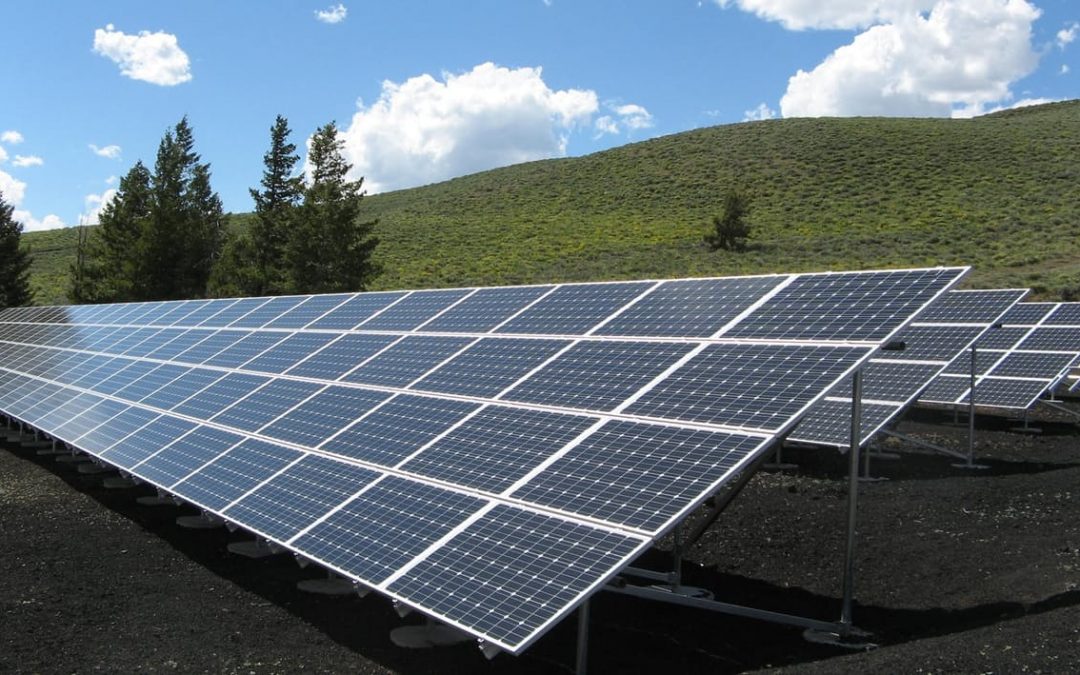Environmental economics is a term you may have heard, but not be familiar with. This is a short introduction to the field of study, the profession, and the impact of environmental economics on development.
Environmental economics deals with the relationship between the economy and the environment. Where economics can be defined as the study of scarcity, environmental economics can be considered as the study of how people use resources, or the study of environmental decision-making, and is based on the premise that the Earth itself, and the natural and environmental resources is it composed of, is a form of wealth.
- Natural resources are defined as resources provided by nature that can be divided into increasingly smaller units and allocated at the margin. For example, forests are a resource containing trees, which can be made into cubic meters of wood. This can, inter alia, be turned into lumber for construction, sap for syrup or rubber, or can be turned into paper or fuel. Natural resources such as trees may have regenerative capability, or may be finite, like metals or coal. They are often divided into those two categories, “renewable resources” and “exhaustible resources”
- Environmental resources are those resources provided by nature that cannot be broken down into saleable units, like an estuary, or the ozone layer. You can’t look at the these based on quantity, but they can be quantified for “worth”. These resources are not directly consumable, but the ecological services provided by them are. For example, estuaries are nutrient-rich, which often makes them some of the most productive ecosystems of natural resources that are directly consumable, such as high-value seafood.
- Physical resource flows are relatively never-ending resources, like solar energy or wind power. Human behavior or consumption of these resources generally does not deplete them.
Environmental economists looks at how scarce a type of resource is, it’s value to humankind, as well as the value to the ecosystems the resource comes from, the extraction and use of the resource, and the waste byproducts returned to the environment from the extraction, use, or discarded remains of the resource. It not only looks at conventional economic measures, (e.g, the direct monetary value of beef) but also how activities hurt or help the environment, (e.g., the resources consumed to create/sustain beef production, the by-products of industrializing cattle, as well as the benefit of beef nutrition to humans.) and how that information can be used to create sustainable policies and environmental solutions.
Environmental economists look at all of the above influences to attempt to place a true dollar value on every resource. This can be a dollar value based on the amount it can be sold for, (e.g., a cubic meter of wood) or the value it provides as an “ecosystem service”. An ecosystem service is defined as “benefits people obtain from ecosystems” and falls into one of four categories:
- Provisioning services are products we obtain from an ecosystem, like food or water.
- Regulating services are benefits obtained from the regulation of ecosystem processes, like water and air purification.
- Cultural services are non-material benefits obtained through spiritual enrichment, cognitive development, reflection, recreation, and aesthetic experiences, such as hiking, camping or outdoor sports.
- Supporting services are those necessary for the production of all other ecosystem services, such as soil formation.
Environmental economists research the economics of environmental issues (is the environmental cost of building a hydroelectric power plant larger than the benefit the plant would provide?) They often make recommendations to decision and policy-makers about cost-effective and sustainable,policy alternatives based on their valuations, economic models, and research.
While it might seem strange to put a dollar valuation on nature, it is important in the modern era to understand how much of a resource is available to us, what that resource is truly worth, and how a natural resource can be more sustainably used. After generations of an economy driving resource use based on individual or corporate profit, environmental economics can show the profit (or loss) of using a resource on a national or global scale.

